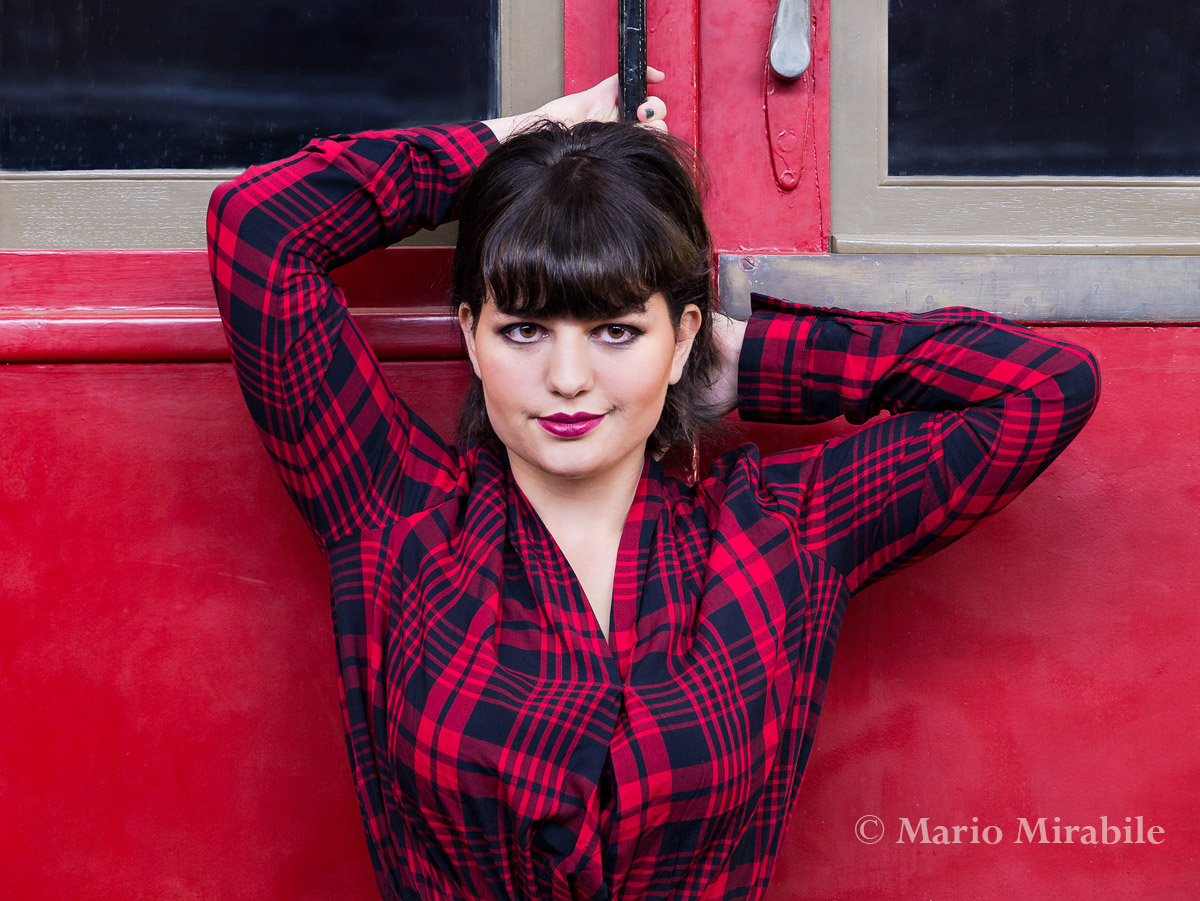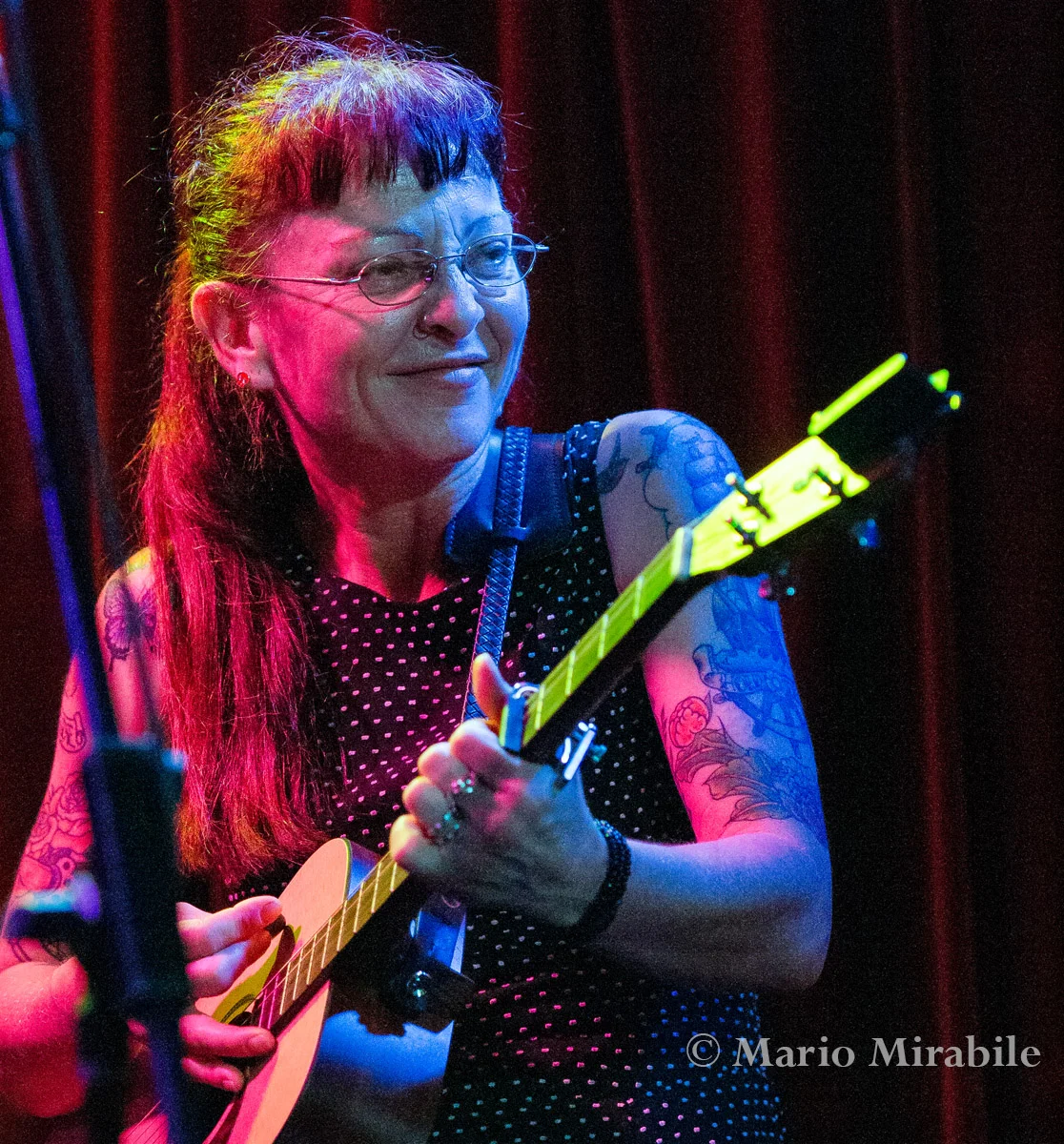I don’t often go to zoos. I know that modern zoos do great work in conservation and captive breeding programs for endangered species, but I don’t find animals in captivity great entertainment as a rule. Nevertheless, on the Halls Gap trip the general consensus was that a visit to the local zoo was in order, so I tagged along.
It’s probably not one of the world’s great zoos, but it still houses a curious mixture of creatures, both native and exotic. It makes you wonder how they all managed to come together in this small country town. Some of the enclosures seemed a bit cramped, but for the most part the animals seemed to be sensitively accommodated, although not necessarily in a manner designed to help photographers. My back was playing up, so I didn’t get around the whole of the grounds and may have missed some highlights, but I still managed to trap a few wild moments I’m happy with.









































